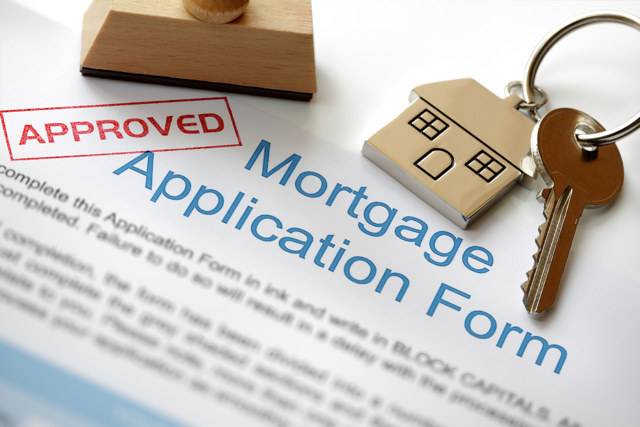
If you are like most people, your housing cost is your single biggest expense each month. If you are a renter, then the easiest way to save money on your rent is to find someplace cheaper to live. There you have it.
What if you are a homeowner? Then, it gets a bit trickier. Primarily because you are already locked into a mortgage, but this doesn’t mean there is nothing you can do, and here are seven ways to save on your mortgage.
- Make an Extra Payment per Year
This should be high on your list, even to the point of looking at how you can cut back on other expenses to make it happen. Keep in mind, extra payments are automatically applied to the principal balance on your mortgage, and this will not only reduce the total amount due on the loan but also your interest payments.
For example, paying $1,200 extra per year could cut up to five years off the life of a 30-year loan. That is roughly 17 percent off the life of the loan. Not only does this get you closer to owning your home outright, but it will save you money as well.
- Switch to Bi-Weekly Payments
One of the best ways to make sure you make an extra payment per year is to switch to bi-monthly payments. Paying every other week means you will earn 26 payments over a year. Divide 26 payments by two, and it will be the equivalent of making 13 monthly payments. Presto, you’ve made an extra payment without too much work.
If you aren’t sure how to manage the additional payment, then consider setting up a separate checking account where you can automatically deposit what you need to make your mortgage payments. You could set up a direct deposit for part of your pay into this account, and this would make sure it always has enough money to cover your mortgage expense.
Claim up to $26,000 per W2 Employee
- Billions of dollars in funding available
- Funds are available to U.S. Businesses NOW
- This is not a loan. These tax credits do not need to be repaid
- Get Rid of Your PMI
What is PMI? It is private mortgage insurance. If you put less than 20 percent down on your home, then your bank probably required you to purchase this coverage as a condition of your loan.
While this adds to the cost of your loan, did you know that you can cancel this policy if the mortgage balance due is less than 80 percent of the home’s appraised value? As such, it pays to have your home appraised about two to three years after you’ve purchased your home to see if your mortgage balance has fallen below the threshold.
This is because the value of your home has probably gone up in value, even though the principal balance due on your mortgage has barely moved.
- Freeze Your Mortgage Payments
Another way to save money on your mortgage payment is to eliminate the payments. How can you do this? Well, you could win the lottery, or if you are over 62, you can get a reverse mortgage.
Unlike a traditional mortgage, a reverse mortgage does not require monthly payments. As such, you can use the money that would have gone for your mortgage payment to boost your savings.
Also, you can use these mortgages to tap into the equity you’ve built up in your home. This is especially important given the current uncertainty in the market, which could impact home values. However, you want to keep in mind the recent changes to reverse mortgage regulations could limit how much money you can access.
According to All Reverse Mortgage, “changes that took effect as of October 2, 2017, have had a two-fold effect; lower Principal Limits and lowering the interest rate floor provided borrowers even less money.” The result is a mixed bag, especially for those with more expensive homes, but the program remains an opportunity to save money.
- Push the Reset Button
Depending on your situation, the bank might be willing to “recast” your mortgage. This happens when you apply a lump sum payment against the principal balance due, and then the bank shortens the term of your loan. While the money payments usually remain the same, this reduces the number of months that you need to service your mortgage.
- Loan Modification
For those who have fallen behind on their mortgage, one option might be to seek a loan modification. The programs are meant to help borrowers who have fallen behind to stay in their homes if they can continue making monthly payments. While not everyone can qualify for these loans, if you do find yourself in a distressed situation, it might make sense to reach out to your bank to see what options they have available.
- Refinance
This is one of the oldest tricks of the trade, and with good reason as refinancing your existing mortgage can lower your monthly payment in two ways: adding years to the mortgage or lowering the interest rate.
While interest rates have been at or near historic lows for a while, recent moves by the Federal Reserve have pushed mortgage rates even lower.
As you can see, there are several ways you can save money on your mortgage. A bonus idea is to appeal your property tax assessment. While this won’t exactly lead to a mortgage saving, it will reduce your total cost of ownership, and this will mean more money in your pocket.



